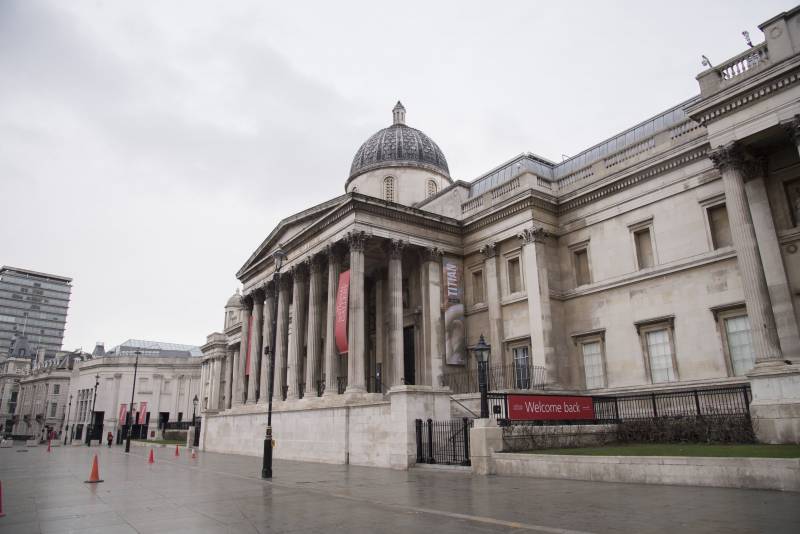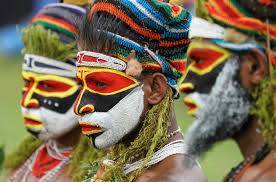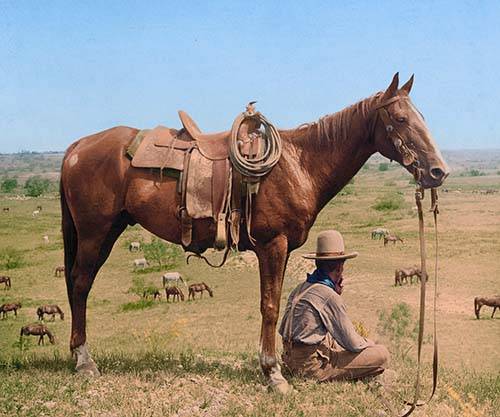Today, London’s National Gallery published the most detailed research so far into the role slavery played in the institution’s 197-year-old history. The data is focused on the period between 1824 and 1880, and names 67 individuals with either direct, familial, or more tangential connections to slavery.
Another 27 people named by researchers were involved with the abolitionist movement; yet another 27 had connections to both abolition and slavery. For example, the report mentions Thomas Lawrence, who painted both slave-owners and abolitionists.
The project was intended “to find out about what links to slave-ownership can be traced within the museum, and to what extent the profits from plantation slavery impacted our early history,” the National Gallery wrote in a statement on its website. But, the museum said, “inclusion on this list should not be understood to imply a direct connection with slavery.”
Architect Paulo Mendes da Rocha Dies, Einstein Letter Nets $1.2 M., and More: Morning Links from May 24, 2021
The research project, titled “Legacies of British Slave-Ownership,” began in 2018, when the museum approached Nicholas Draper, a founder and then-director of University College London’s Centre for the Study of the Legacies of British Slavery. The first person researched was the financier and philanthropist John Julius Angerstein, whose collection of 38 paintings were the first artworks to enter the National Gallery when it was founded in 1824.
Angerstein was born in St. Petersburg but lived most of his life in London, where he established a lucrative marine insurance business. Researchers concluded that “an unknown proportion of this was in slave ships and vessels bringing to Britain produce cultivated in the Caribbean by enslaved people. Angerstein acted as a trustee of estates and enslaved people in Grenada and Antigua.”
The report also focused on the leading British portrait painter in the late 18th century, Thomas Gainsborough, who has several works in the museum’s collection. The research team identified three portraits of people with links to slavery or abolitionism. Among them are The Byam Family (1762–66), which is on long-term loan to Holburne Museum in Bath, and The Baillie Family (ca. 1784), which was bequeathed to the National Gallery in 1857 and now hangs in the Tate. The sitters for those paintings both owned slaves.
In 1768, Gainsborough painted a portrait of writer Ignatius Sancho, who is depicted during his tenure as valet to the Duke of Montagu. (That painting is on loan from National Gallery of Canada in Ottawa.) Sancho was born a slave but was freed as a young man, eventually distinguishing himself as a talented musician and writer. Later on, he became an abolitionist.
A second report, covering collectors from 1640 and trustees and donors from 1880 to 1920, is underway, according to the National Gallery. All data will be made available for the public to review on the museum’s website.
SOURCE : artnews




